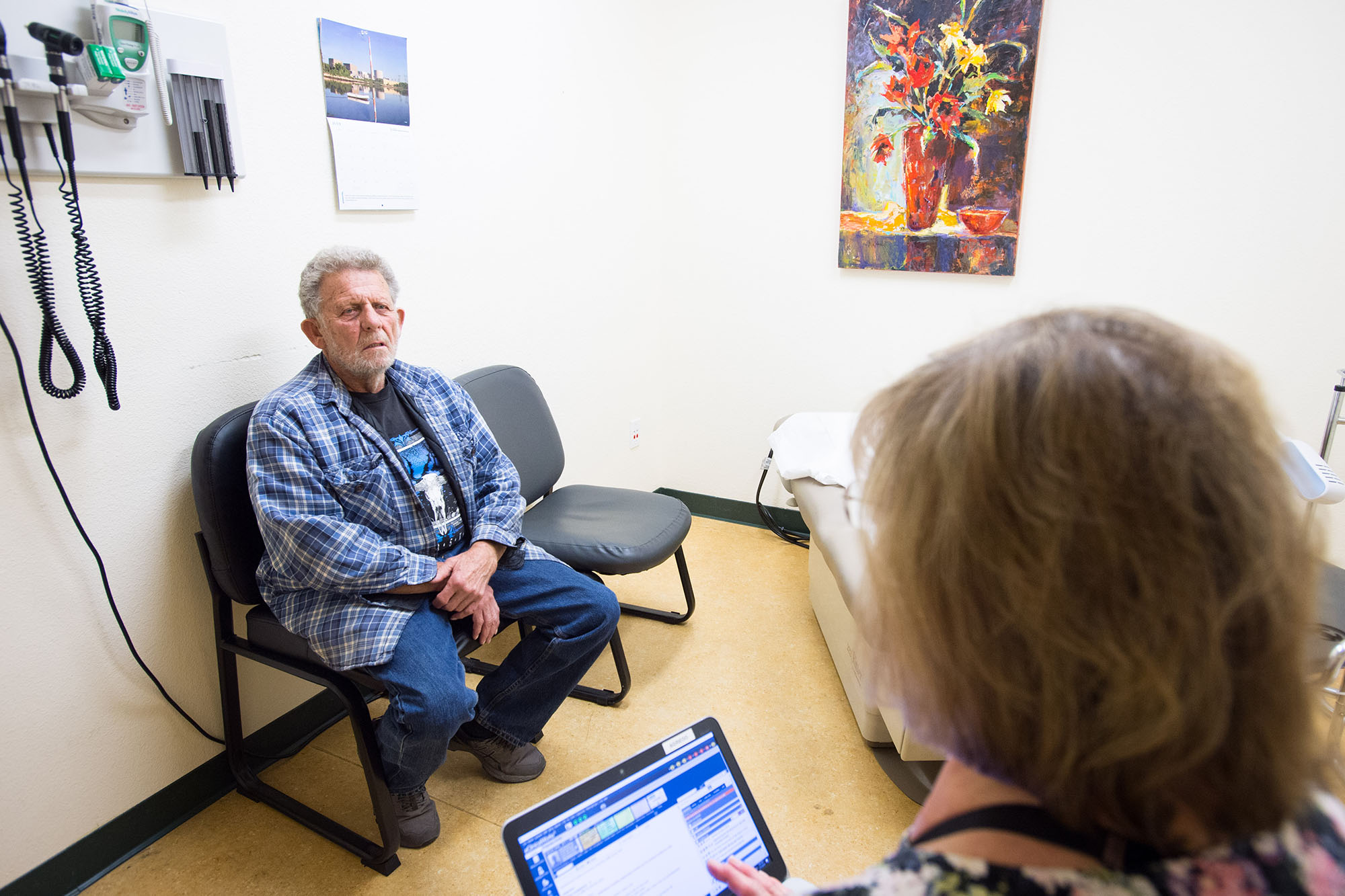View the Report
Jump to All Downloads & LinksIn 2017 researchers at The Mongan Institute, Massachusetts General Hospital, and Harvard Medical School sought to answer the following questions: How affordable do Californians in the individual health insurance market perceive their insurance to be? How affordable do they perceive their out-of-pocket costs for medical care to be? How frequently do they report delaying or avoiding medical care because of costs? How frequently do they report cutting back on other necessities (like food, rent, other basics) or borrowing money to pay for care?
Researchers surveyed adult (age 18+) individual market enrollees in 2017 who selected qualified health plans through Covered California or outside of the Covered California marketplace (N = 2,912). The survey was conducted in English and Spanish, and respondents could complete the survey by telephone, web, or paper. The survey was fielded between May and October 2017 with a response rate of 42%.
Key Findings
1. On average, 40% of enrollees reported having some difficulty paying their monthly insurance premiums. Sicker enrollees and African American enrollees were more likely to report having difficulty.
2. On average, 31% of enrollees reported difficulty paying out-of-pocket costs when using health care. Similar to premium affordability, sicker enrollees and African American enrollees were more likely to report having difficulty.
3. Almost one in four enrollees (24%) who reported needing care delayed/avoided care due to costs.
4. Close to one in three (32%) enrollees reported some sort of financial stress due to health care costs: They reported cutting necessities, borrowing money, or both. This was more common among lower-income enrollees, African American enrollees, and sicker enrollees.
Figures above may not equal 100% due to rounding.
Other Notes on Methods
The figures above present unadjusted proportions that are weighted for survey weights overall and by selected enrollee traits. All enrollee traits are based on self-reports in the survey; missing values for sociodemographic and health traits of respondents were imputed using multiple imputation with chained equations. Groups with fewer than 50 respondents, including enrollees that reported having heart failure or HIV, were excluded.
Self-reported income as a percentage of the federal poverty level (FPL) was calculated using reported household income and household size in 2017. We classified income into three groups based on potential eligibility for the premium tax credits (PTC) or reduced out-of-pocket costs through cost-sharing reductions (CSR): i.e., <250% FPL (eligible for both CSR and PTC), 250-400% FPL (eligible for PTC only), >400% FPL (eligible for neither subsidy).These income groups represent a combination of both on- and off-marketplace enrollees; off-marketplace enrollees are not eligible for either subsidy. PTC and CSR amounts are calculated based income and household size.




